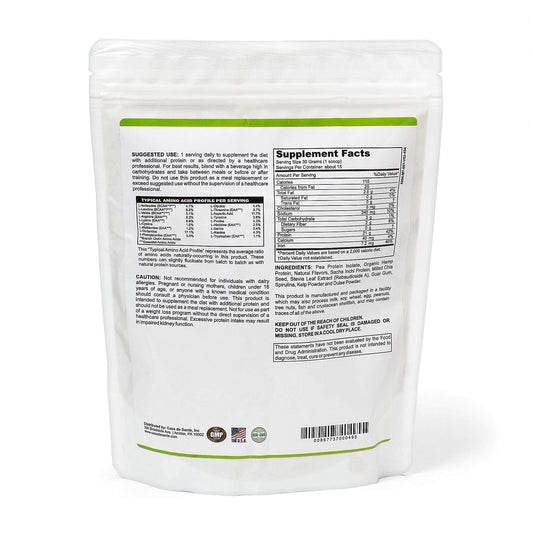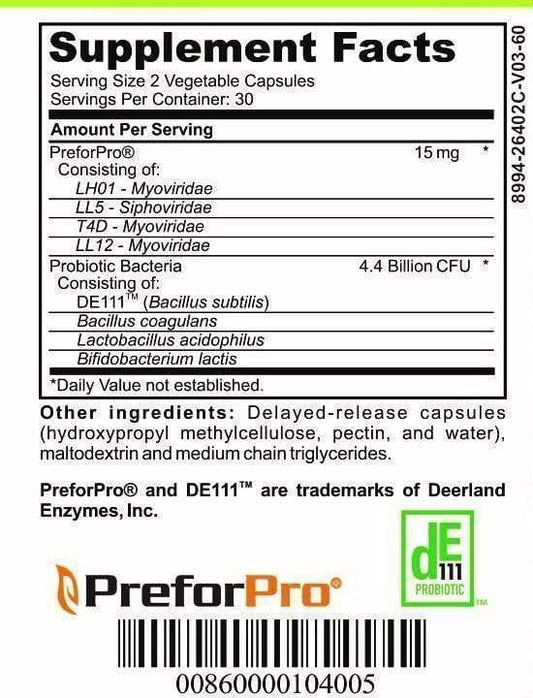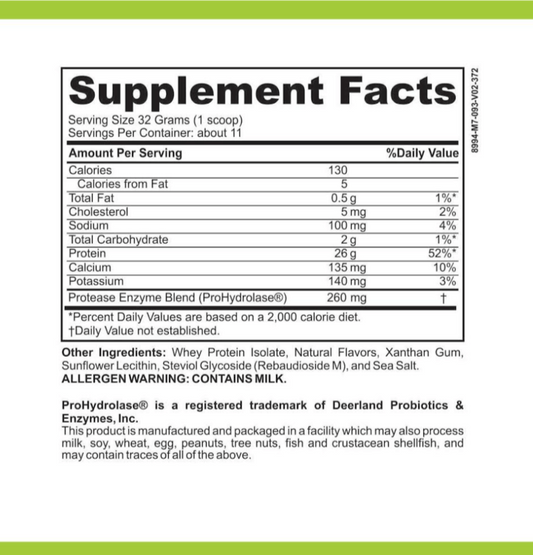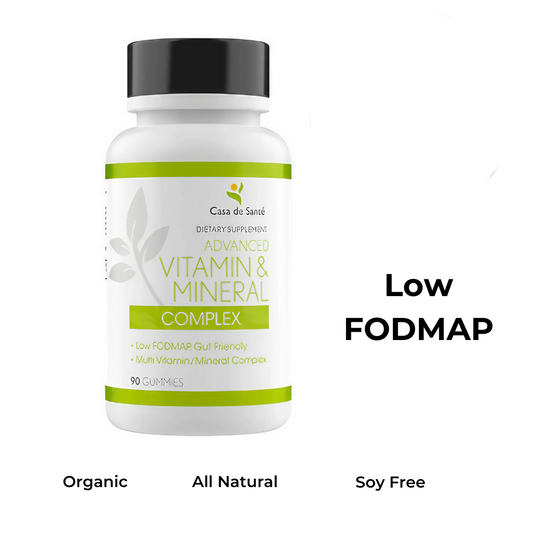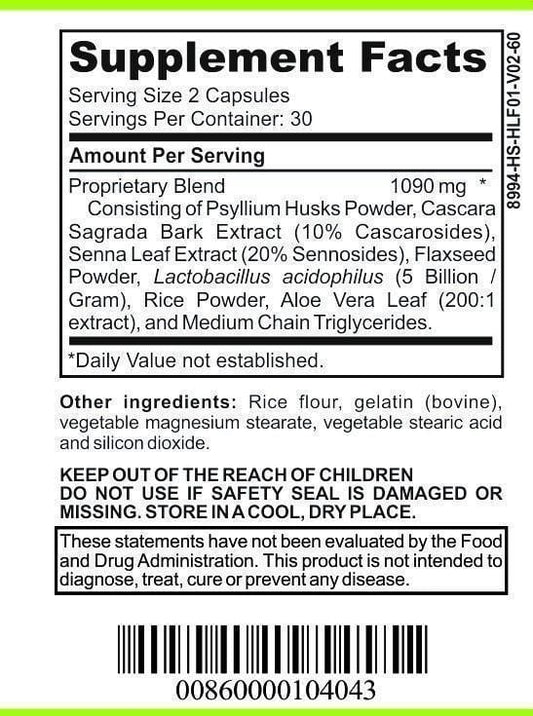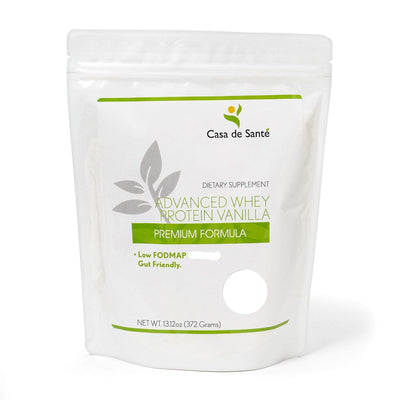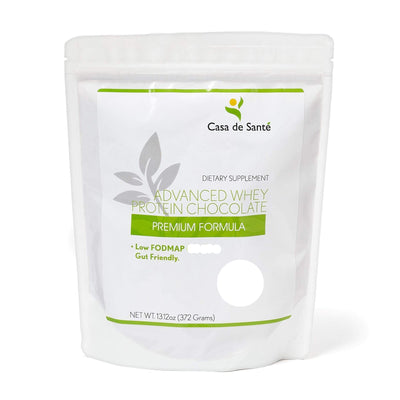Is Palm Heart High In Histamine
Is Palm Heart High In Histamine
If you have histamine intolerance, you may be wondering whether palm heart is a safe food to include in your diet. In this article, we will explore the relationship between palm heart and histamine levels. Understanding the effects of histamine and the nutritional profile of palm heart can help you make an informed decision about incorporating this ingredient into your meals.
Understanding Histamine and Its Effects
Before delving into the histamine content of palm heart, let's first understand what histamine is and how it affects the body. Histamine is a chemical produced by the immune system in response to allergens, injury, or infection. It plays a crucial role in the body's defense mechanisms and is involved in various physiological processes.
When histamine is released, it can cause a range of symptoms, including itching, redness, swelling, and increased mucus production. In individuals with histamine intolerance, the body is unable to efficiently break down histamine, leading to an accumulation of this chemical in the body.
What is Histamine?
Histamine is a biogenic amine that acts as a neurotransmitter and is involved in regulating various bodily functions. It is primarily stored in mast cells and basophils, which are found throughout the body, especially in the respiratory and digestive systems.
When histamine is released by immune cells, it binds to specific receptors on cells throughout the body, triggering a cascade of reactions. These reactions can include dilating blood vessels, increasing blood flow, and stimulating the production of stomach acid and mucus.
Moreover, histamine also plays a role in the brain, where it acts as a neurotransmitter. It is involved in regulating sleep-wake cycles, appetite, and mood. Additionally, histamine is crucial for maintaining proper cardiovascular function, as it helps regulate blood pressure and heart rate.
How Histamine Affects the Body
However, in individuals with histamine intolerance, the body lacks enzymes necessary for breaking down histamine effectively. As a result, the accumulation of histamine can lead to a range of symptoms, such as headaches, flushing, hives, digestive issues, and respiratory problems.
Furthermore, histamine intolerance can also affect the gastrointestinal system. Excessive histamine can cause the stomach to produce excess acid, leading to acid reflux, heartburn, and stomach ulcers. It can also disrupt the normal movement of the intestines, resulting in symptoms like abdominal pain, bloating, and diarrhea.
In addition to its effects on the digestive system, histamine intolerance can impact the skin. Excess histamine can cause the blood vessels in the skin to dilate, leading to redness, itching, and hives. It can also trigger the release of other inflammatory substances, further exacerbating skin conditions like eczema and psoriasis.
Respiratory symptoms are another common manifestation of histamine intolerance. When histamine binds to receptors in the respiratory system, it can cause the airways to constrict, leading to difficulty breathing, wheezing, and coughing. This can be particularly problematic for individuals with asthma, as it can trigger asthma attacks.
It is important to note that histamine intolerance is different from a true allergy. While allergies involve an immune response to specific allergens, histamine intolerance is a result of the body's inability to properly metabolize histamine. However, the symptoms of histamine intolerance can mimic those of allergies, making it challenging to diagnose.
In conclusion, histamine is a vital chemical involved in various physiological processes in the body. While it plays a crucial role in the immune response and maintaining normal bodily functions, an accumulation of histamine due to intolerance can lead to a range of symptoms affecting different systems in the body. Understanding histamine and its effects is essential for individuals with histamine intolerance to manage their symptoms effectively.
The Nutritional Profile of Palm Heart
Now that we have a basic understanding of histamine and its effects, let's explore the nutritional profile of palm heart. Palm heart, also known as heart of palm, is a vegetable harvested from the inner core of certain palm tree species.
What is Palm Heart?
Palm heart has a delicate flavor and a crunchy texture. It is low in calories and fat, making it an excellent choice for those looking to maintain a healthy weight or reduce their overall fat intake. Furthermore, palm heart is a good source of dietary fiber, which supports digestive health.
But there's more to palm heart than just its taste and texture. Did you know that palm heart is also a sustainable food source? The harvesting of palm heart involves removing the inner core of the palm tree, which does not harm the tree itself. This means that palm heart can be harvested without causing deforestation or environmental damage.
Nutritional Components of Palm Heart
Palm heart is rich in essential vitamins and minerals. It contains vitamin C, which plays a vital role in immune function and collagen synthesis. Additionally, palm heart is a good source of potassium, magnesium, and iron.
But that's not all. Palm heart also provides beneficial phytonutrients, such as antioxidants. These compounds help protect the body's cells from damage caused by harmful free radicals. In fact, palm heart is known to have higher antioxidant levels compared to other vegetables, making it a great addition to a healthy diet.
Moreover, palm heart is a versatile ingredient that can be used in various dishes. It can be sliced and added to salads, stir-fried with vegetables, or even used as a topping for pizzas. Its unique flavor and texture make it a popular choice among chefs and home cooks alike.
When it comes to sustainability, palm heart is a standout. The palm trees that produce palm heart are typically grown in plantations, which helps preserve natural forests and biodiversity. Additionally, palm heart is a renewable resource, as the palm trees continue to grow and produce new hearts over time.
In conclusion, palm heart is not only a delicious and nutritious vegetable but also a sustainable food choice. Its low calorie and fat content, along with its high fiber and nutrient content, make it a great addition to a balanced diet. So why not give palm heart a try and enjoy its unique taste and health benefits?
Histamine Levels in Various Foods
Now that we have covered the basics of histamine and explored the nutritional profile of palm heart, let's turn our attention to histamine levels in various foods. Understanding which foods are high or low in histamine can be helpful for those with histamine intolerance in managing their symptoms and making dietary choices.
Histamine intolerance is a condition where the body is unable to properly break down histamine, a compound that is naturally present in certain foods. When histamine levels in the body become too high, it can lead to a range of symptoms such as headaches, hives, digestive issues, and even difficulty breathing.
High-Histamine Foods
Several foods are known to contain high levels of histamine. These include aged cheeses, fermented foods, processed meats, and certain seafood, such as tuna and mackerel. Aged cheeses like blue cheese, cheddar, and parmesan are particularly high in histamine due to the aging process, which allows histamine to accumulate over time.
Fermented foods like sauerkraut, kimchi, and kombucha also have high levels of histamine. The fermentation process creates an environment that promotes the growth of histamine-producing bacteria, leading to increased histamine levels in the final product.
Processed meats, such as salami, hot dogs, and bacon, are often cured using methods that involve fermentation or aging, resulting in higher histamine levels. Certain seafood, like tuna and mackerel, naturally contain higher levels of histamine, which can increase further if not stored properly.
It is important to note that the histamine levels in these foods can vary depending on factors such as storage conditions and processing methods. Therefore, individuals with histamine intolerance should pay attention to how their bodies react to different foods and adjust their diet accordingly.
Low-Histamine Foods
On the other hand, there are many foods that are considered low in histamine. These include fresh fruits and vegetables, lean proteins such as chicken and turkey, grains, and legumes. These foods are generally safe for individuals with histamine intolerance to consume without triggering symptoms.
Fresh fruits and vegetables, like apples, oranges, broccoli, and spinach, are excellent choices for those looking to maintain a low-histamine diet. These foods are not only low in histamine but also provide essential vitamins, minerals, and antioxidants that support overall health.
Lean proteins such as chicken and turkey are also low in histamine and can be enjoyed as part of a balanced diet. These meats are a great source of high-quality protein and can be prepared in various ways to add flavor and variety to meals.
Grains, like rice, quinoa, and oats, as well as legumes such as lentils and chickpeas, are other low-histamine options that can be incorporated into a histamine-friendly diet. These foods provide fiber, carbohydrates, and other essential nutrients, making them a valuable addition to any meal plan.
It is worth mentioning that individuals with histamine intolerance may find that they can still consume certain foods considered high in histamine without experiencing symptoms. Each person's tolerance to histamine-containing foods can vary, so it is essential to listen to your body and work with a healthcare professional to determine your individual sensitivities.
Palm Heart and Histamine Content
Now that we have established the histamine levels in various foods, let's discuss specifically the histamine content of palm heart. While palm heart does contain trace amounts of histamine, it is generally considered to be low in histamine compared to high-histamine foods.
Analyzing Palm Heart's Histamine Levels
Studies have shown that the histamine content in palm heart is typically below the threshold to trigger symptoms in individuals with histamine intolerance. However, it is worth noting that individual tolerances can vary, and some individuals may still experience symptoms despite the low histamine content.
Factors Influencing Histamine Levels in Palm Heart
The histamine content in palm heart can be influenced by various factors, such as the freshness of the ingredient and the processing methods used. Opting for fresh palm heart and avoiding processed versions can help minimize the histamine content.
Managing Histamine Intake
If you have histamine intolerance, managing your histamine intake is crucial in managing your symptoms effectively. Here are some strategies to consider:
Dietary Changes for Histamine Intolerance
Adopting a low-histamine diet can significantly reduce symptoms in individuals with histamine intolerance. This involves avoiding or minimizing high-histamine foods and incorporating more fresh, low-histamine foods into the diet.
Additionally, some individuals may find value in identifying other potential trigger foods or substances and making adjustments accordingly. Keeping a food diary and working with a healthcare professional can help identify individual triggers.
Medical Treatments for Histamine Issues
In addition to dietary changes, certain medications and supplements can be used to manage histamine intolerance symptoms. Antihistamines can provide relief from symptoms such as itching and hives, while enzyme supplements can help improve histamine breakdown in the body.
It is important to consult with a healthcare professional before starting any new supplements or medications to ensure they are suitable for your specific needs.
Conclusion
In conclusion, palm heart is generally considered to be low in histamine compared to high-histamine foods. While it does contain trace amounts of histamine, it is typically below the threshold to trigger symptoms in individuals with histamine intolerance.
However, each person's intolerance to histamine can vary, and it is essential to listen to your body and work with a healthcare professional to determine your individual sensitivities. By understanding histamine, the nutritional profile of palm heart, and managing histamine intake, individuals with histamine intolerance can make informed choices to support their health and well-being.


